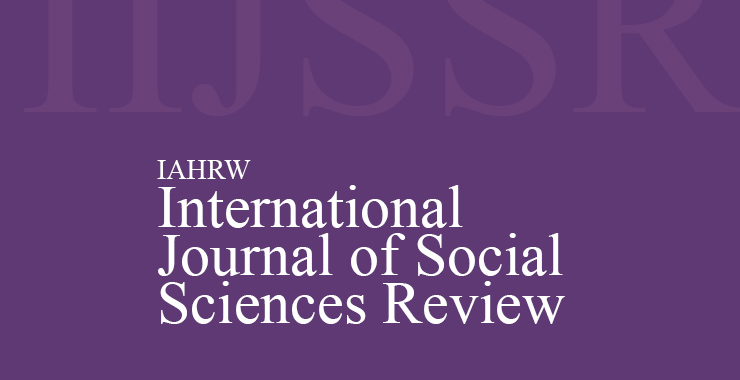Why aren’t there more Women Leaders? A Multidisciplinary Theoretical Review
Original price was: ₹ 201.00.₹ 200.00Current price is: ₹ 200.00.
Page: 709-714
Sucheta Boora (Faculty of Management, National Law University, Jodhpur, Rajasthan)
Description
Page: 709-714
Sucheta Boora (Faculty of Management, National Law University, Jodhpur, Rajasthan)
Women’s global underrepresentation in leadership has attracted diverse theoretical explanations across disciplines. Psychological theories emphasize gender stereotypes and biases (e.g., role congruity theory, implicit bias, social identity), suggesting that women are perceived as lacking the agentic traits associated with leadership roles. Sociological perspectives highlight structural factors like patriarchy, gendered social roles, and norms that channel men into power positions and women into supportive roles (e.g., social role theory, patriarchy). Organizational theories describe how workplace practices create barriers: the glass ceiling metaphor (an invisible upper-level barrier) has evolved into the labyrinth metaphor of multiple hurdles. The gendered organizations framework argues that work structures themselves embed male norms, reproducing male dominance. Contemporary analyses add nuance: intersectionality shows how overlapping identities (race, class, etc.) multiply barriers for women. This review synthesizes classic and modern theories from role congruity theory to intersectionality using sociology, psychology, organizational behavior, and gender studies. The review concludes with a discussion of how these theories interrelate and identifies directions for research and practice to address the gender leadership gap.

